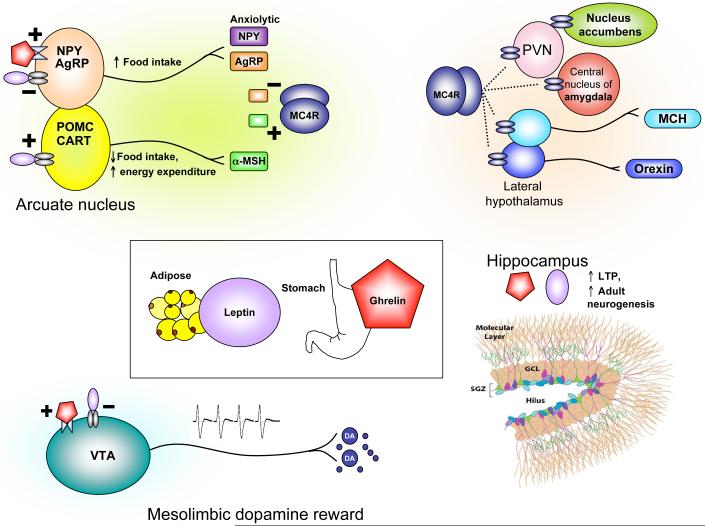Figure 5. Mediators of energy homeostasis as targets for metabolic and affective illness.
Leptin (synthesized by white adipose tissue) and ghrelin (synthesized in the stomach) are two canonical examples of how endocrine hormones that signal information about peripheral energy state can also exert effects on depression-related behaviors. Leptin and ghrelin receptors are expressed in the hypothalamic arcuate nucleus, which contains two main types of neurons defined by their neuropeptides. These two neuronal types differentially express neuropeptides which act on the same melanocortin receptor (MC4R) with opposing effects: AgRP (an endogenous antagonist) and α-MSH (an endogenous agonist). (α-MSH is a product of the pro-opiomelanocortin or POMC gene.) AgRP neurons also express NPY, while α-MSH neurons also express CART (cocaine- and amphetamine-regulated transcript, named for its original identification). NPY and AgRP are orexigenic, while α-MSH and CART are anorexigenic. Leptin reduces food intake and increases energy expenditure by inhibiting NPY/AgRP-releasing neurons and exciting α-MSH/CART neurons. Ghrelin acts by promoting the release of NPY and AgRP. MC4Rs are expressed widely in the brain, including in the paraventricular hypothalamic nucleus (PVN, influencing the release of numerous neuropeptides including corticotropin-releasing hormone and thyrotropin-releasing hormone), the lateral hypothalamus (containing MCH- and orexin-secreting neurons which regulate food intake and arousal) as well as extrahypothalamic sites such as the nucleus accumbens and amygdala (where they are thought to influence mood regulation) (50, 139). Synthetic antagonists of MC4R are antidepressant and anxiolytic (136), as are agonists of NPY (121). In the VTA, direct infusion of leptin or ghrelin exert opposing effects on food intake through their contrasting effects on dopaminergic neuronal firing. Their VTA actions are believed to control the motivational or hedonic aspects of food intake (135) and are likely altered in other reward-related disorders such as depression and substance dependence. In contrast to the VTA, leptin and ghrelin appear to have identical effects on hippocampal plasticity: they both positively modulate LTP (long-term potentiation, an electrophysiological assay for activity-dependent synapse strengthening) as well as enhance adult hippocampal neurogenesis through receptors expressed on hippocampal progenitor cells. Abbreviations: NPY (neuropeptide Y), AgRP (agouti-related peptide), α-MSH (α-melanocyte stimulating hormone), PVN (paraventricular [hypothalamic] nucleus), MCH (melanin concentrating hormone), SGZ (subgranular zone), GCL (granule cell layer), VTA (ventral tegmental area), DA (dopamine).

